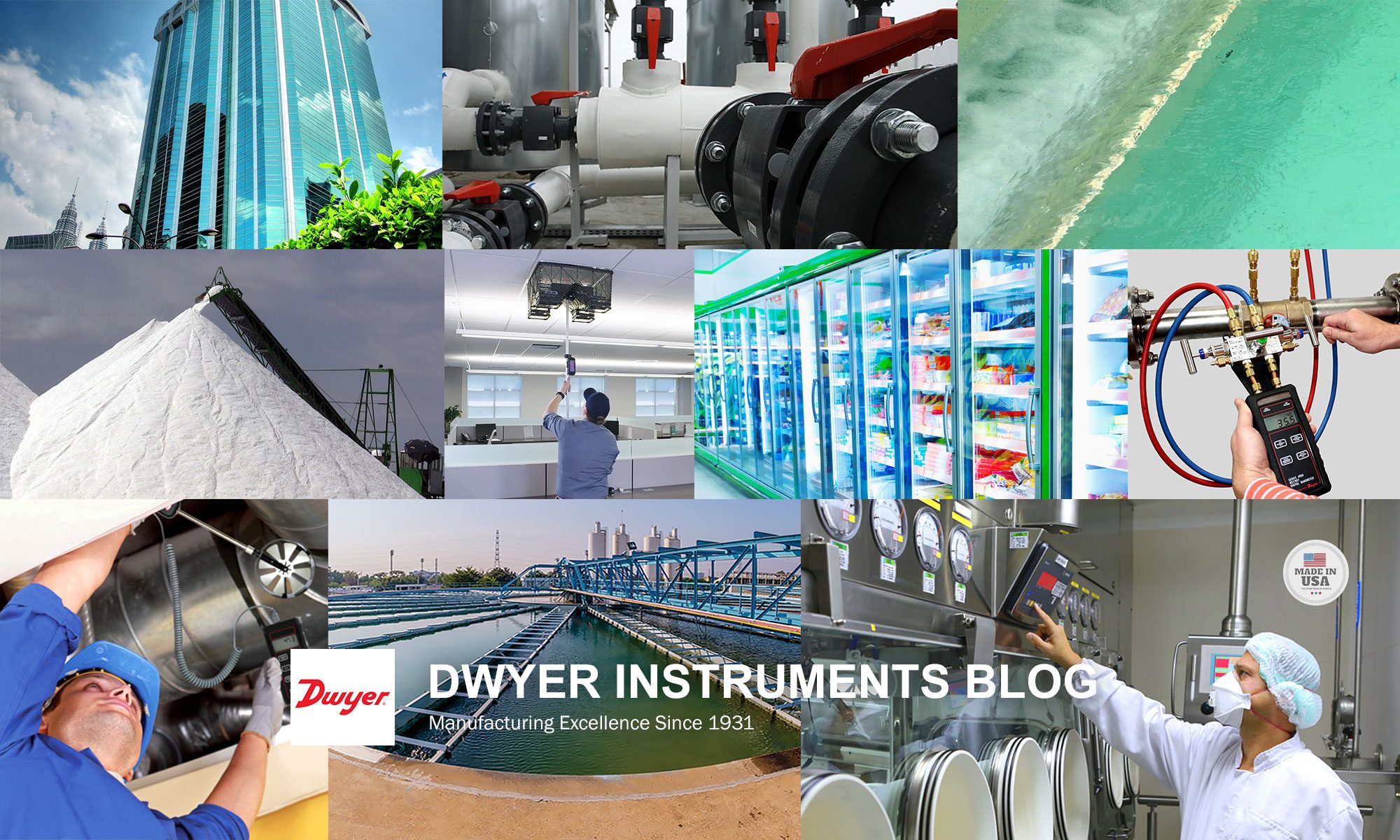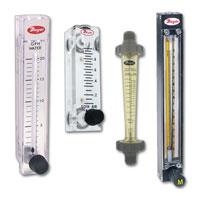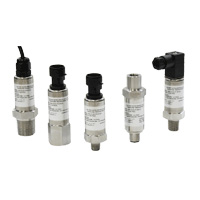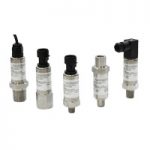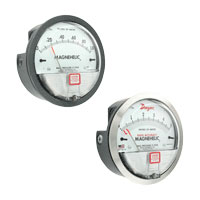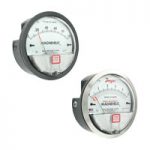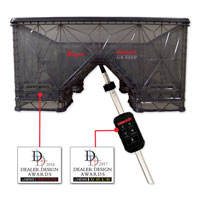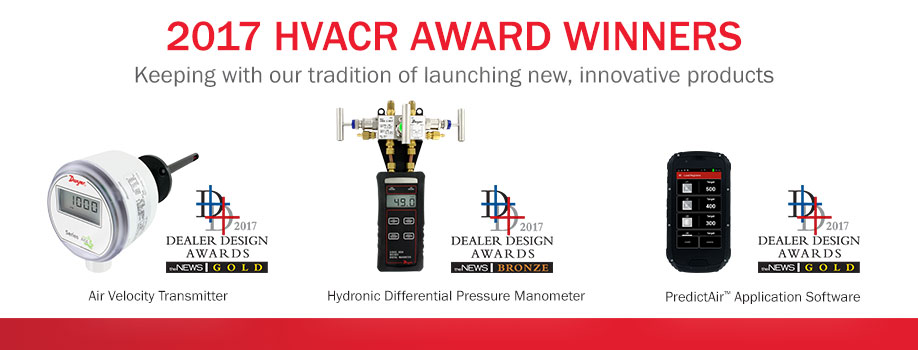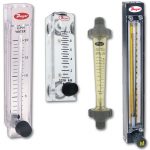
Dwyer Instruments, Inc. offers many flow measuring products including our very popular variable area flowmeters, often called rotameters. Dwyer manufactures variable area flowmeters in polycarbonate, the Series RM and LFM; in acrylic, the Series VF; and in glass, the Series VA and DR.
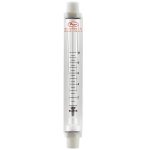
Variable area flowmeters have scales calibrated for specific media at specific conditions. Most commonly, the flowmeters are calibrated for air for gas use, and water for liquid use, at standard atmospheric conditions of 70 degrees Fahrenheit and 14.7 PSIA, which is 0 PSIG. When using the flowmeter in conditions other than these standards, the flow reading will not be accurate and corrections will need to be made. Continue reading “Variable Area Flow Corrections”
